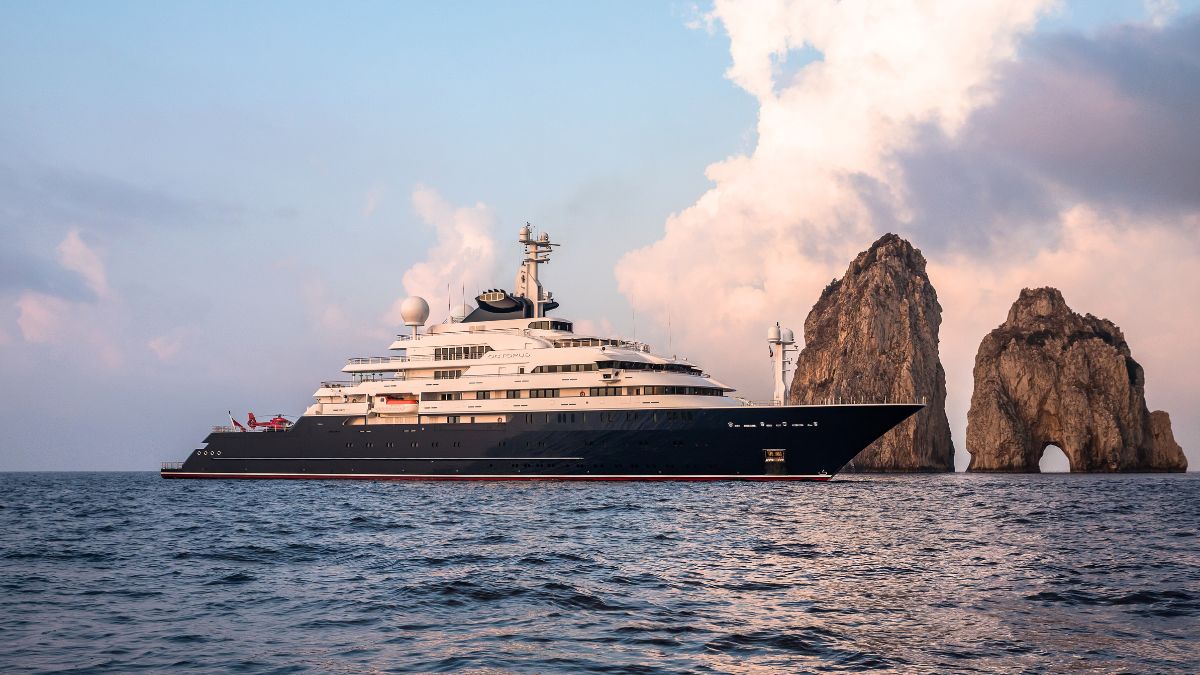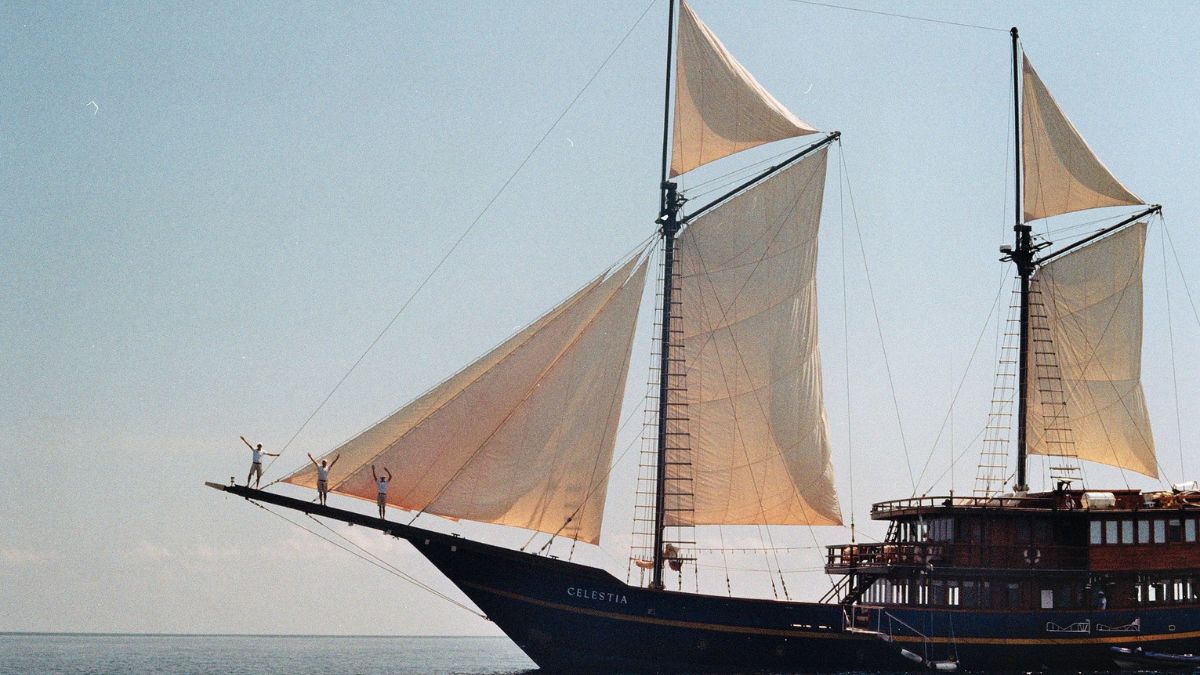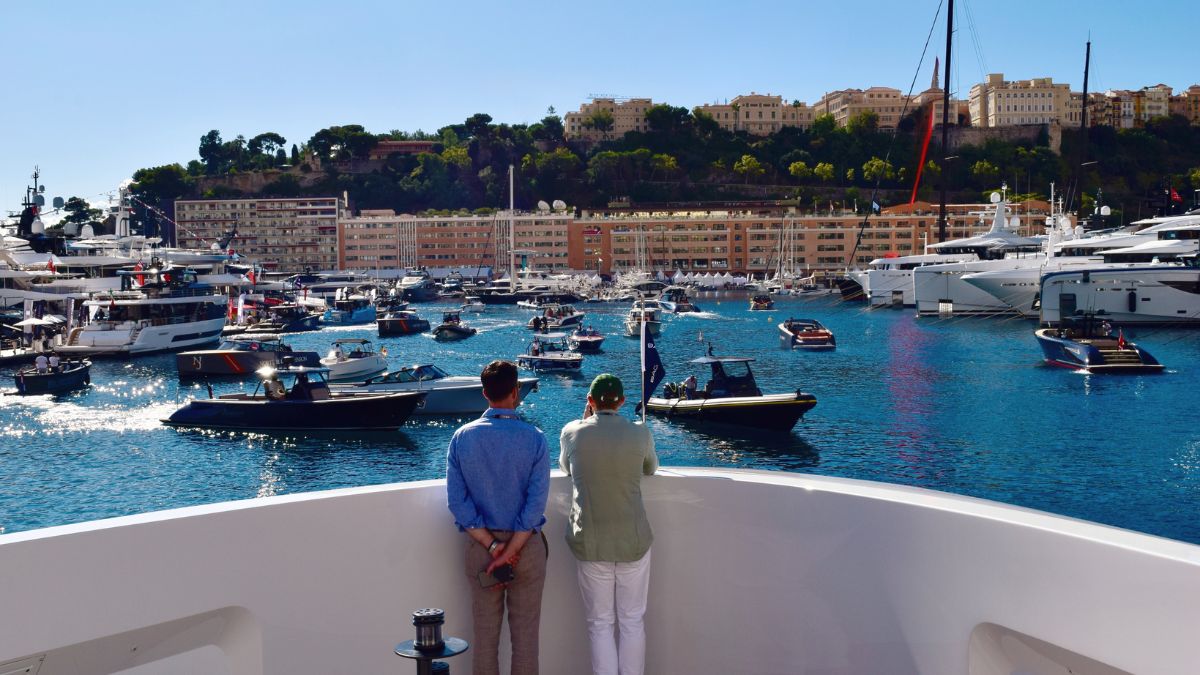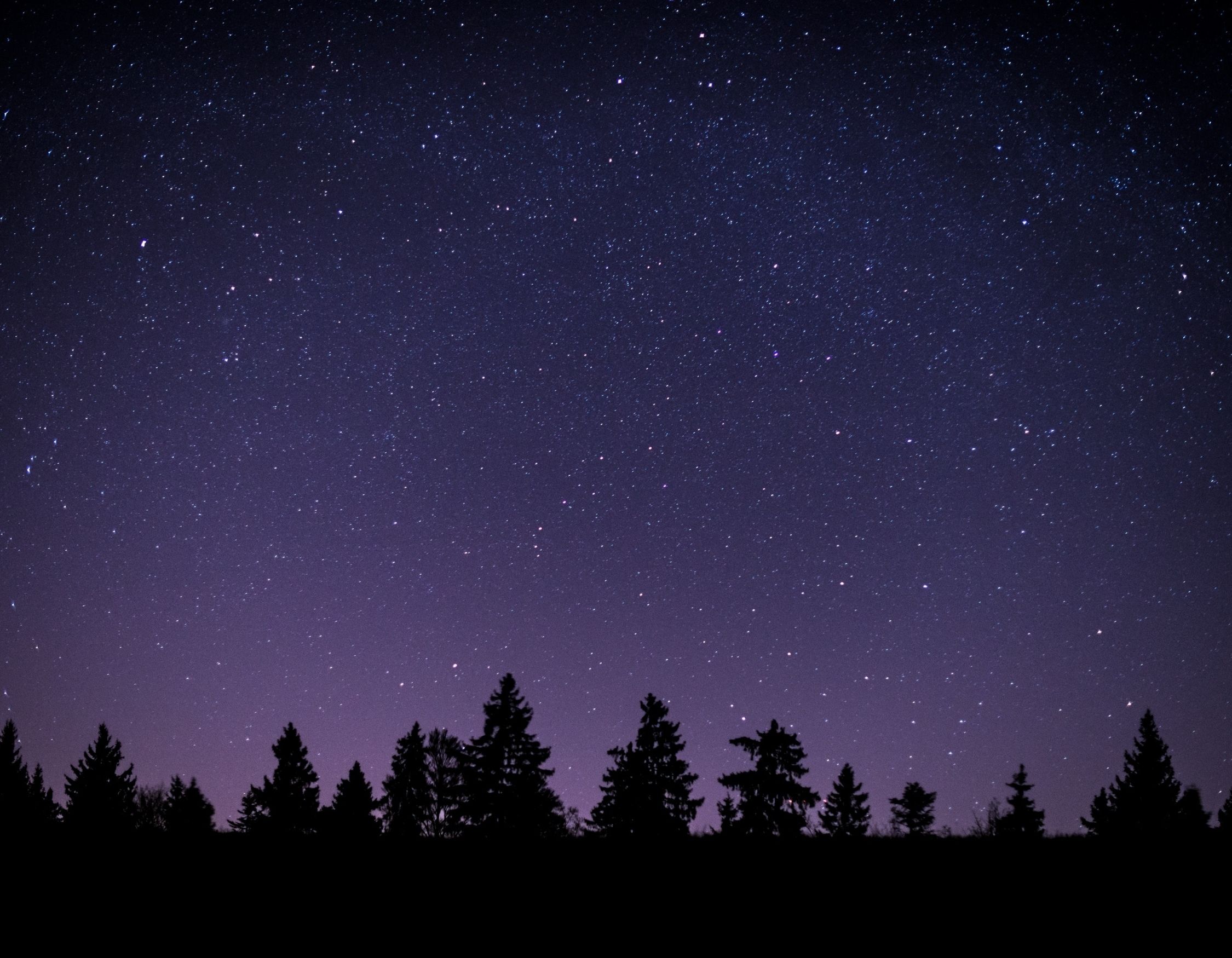SEARCHING FOR THE ELUSIVE LEMUR
Continuing south along the coast, we explore the maze of mangrove forests in search of the endangered serpent eagle under the remote guidance of the renowned Dr Lily-Arison Rene de Roland, who is simultaneously tracking them ashore on the northeast coast. Although unsuccessful, I was generously briefed with a wealth of knowledge on the mangrove and coral reef ecosystems surrounding us by our incredible guide, Christophe. In addition to being our guide and host, Christophe is a skilled adventurer, conservationist and a good friend on this mission. Although his passport reads Reunion Island, his soul dances to the rhythm of Malagasy.
We anchor the boat in the shelter of Komansary Bay to explore secluded beaches and adjacent forests in search of the magnificent sifaka lemurs. You can easily see lemurs in reserves around Madagascar, but finding them in the wild outside of any human-designated areas is a different story which requires knowledge of their ecology as well as tracking skills. Christophe has seen sifakas in this area before, and he is on track to find them again. After two hours of roaming through thick forest, interrupted by breaks of climbing massive baobabs, we make our way back to the beach. As we are about to give up, we see a family of three sifaka springing from branch to branch along the string of baobabs lining the coast. There is no need for binoculars, as they are a mere eight metres away from us - another “I have never seen this before” moment for myself.

.jpg)















.jpg)



.jpg)


.jpg)


